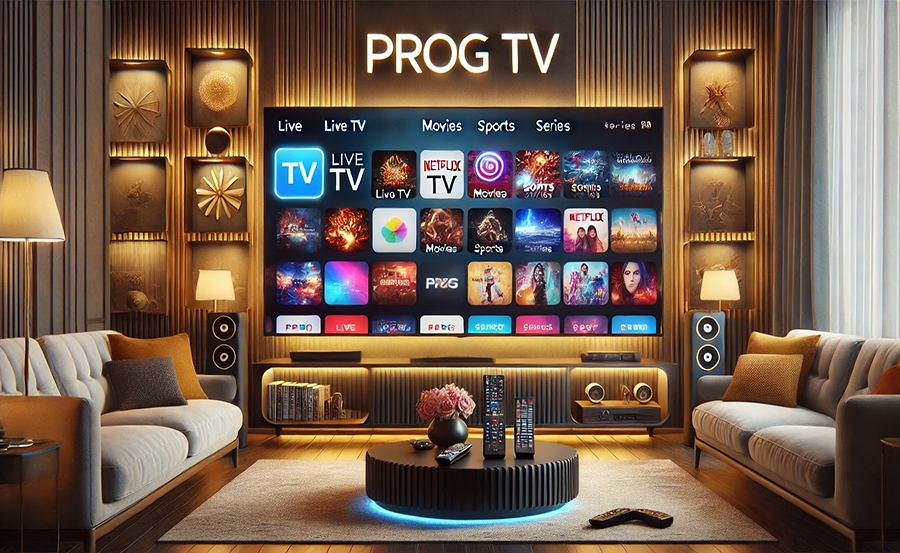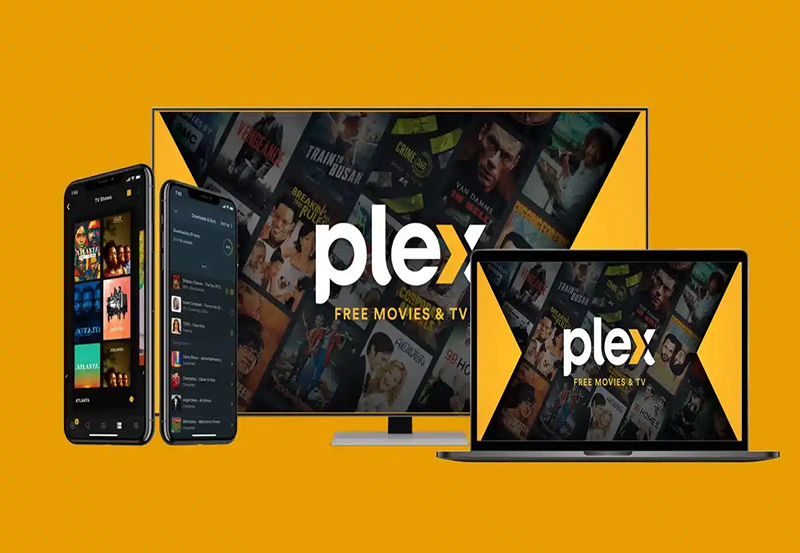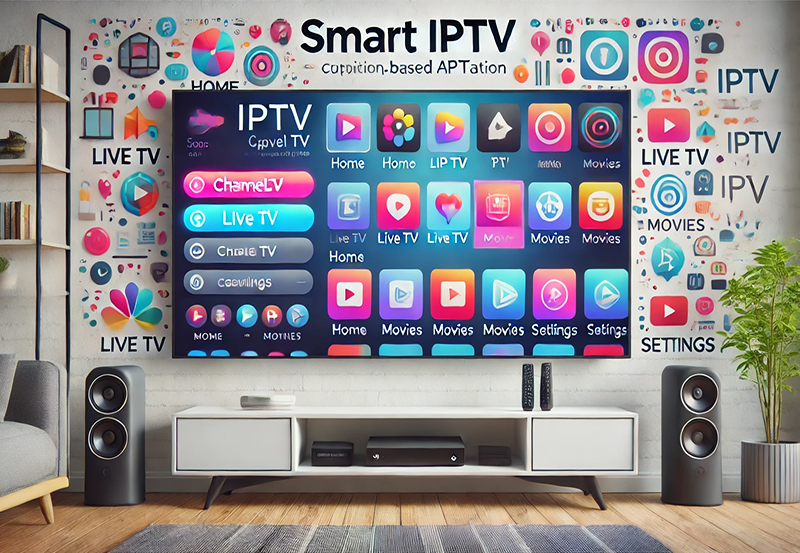In today’s fast-paced world, where streaming is part of our daily lives, managing bandwidth efficiently is crucial. For ProgTV users, optimizing bandwidth not only enhances viewing experiences but also prevents annoying buffers and stream interruptions. Whether you’re a seasoned user or a newcomer, understanding how to manage your bandwidth can redefine your IPTV experience. Let’s explore practical strategies and tips to ensure high-quality IPTV viewing.
Understanding Bandwidth and Its Importance
Bandwidth is a familiar term, but what does it really mean for ProgTV users? At its core, bandwidth is the maximum rate of data transfer across a network path. Think of it as a highway; the more lanes it has, the more cars can travel at once. Similarly, higher bandwidth allows more data to be streamed simultaneously, vital for high-quality IPTV.
The Impact of Bandwidth on IPTV Quality
When your connection has higher bandwidth, streaming services such as ProgTV can deliver content in superior quality. It helps in maintaining resolution, reducing buffering, and ensuring the smooth delivery of high-definition content. Poor bandwidth can be a major bottleneck, leading to lagging streams and subpar viewing experiences.
Pro Insight:
Explore the latest UK shows with Best UK IPTV subscriptions for on-demand and live viewing.
Bandwidth Requirements for ProgTV Users
For ProgTV to function optimally, it’s essential to have a clear understanding of its bandwidth needs. Streaming quality impacts bandwidth requirements significantly. Here’s a simple breakdown:
- Standard Definition (SD): At least 2 Mbps
- High Definition (HD): Approximately 5-8 Mbps
- 4K Ultra HD: 25 Mbps or more
Optimizing Your Network for ProgTV
Improving your network setup can greatly influence your streaming quality. From upgrading hardware to tweaking settings, here’s how to make your network ProgTV-ready.
Choosing the Right Modem and Router
The foundation of an efficient network starts with reliable equipment. A powerful modem paired with a robust router can significantly enhance your IPTV experience. Consider these when selecting hardware:
- Ensure your router supports dual-band or tri-band frequencies for better performance.
- Opt for modern routers that come with advanced features like QoS (Quality of Service) for prioritizing streaming traffic.
Positioning Your Router Optimally
Router placement in your home can affect signal strength. Make sure it’s centrally located, high off the ground, and away from large appliances to minimize interference. Spatial awareness can potentially elevate your viewing experience.
Software Settings for Better Bandwidth Management
Aside from hardware improvements, optimizing software settings can contribute tremendously to efficient bandwidth management. These software tweaks can make a surprising difference.
Using Bandwidth Management Tools
Bandwidth management tools help in monitoring and controlling data usage. Tools like NetLimiter or GlassWire can effectively keep track of network consumption, allowing users to identify bandwidth-heavy applications.
Configuring ProgTV for Optimal Performance
ProgTV itself offers configuration options to reduce bandwidth usage without compromising quality. These include:
- Adjusting the default streaming resolution.
- Limiting the number of simultaneous streams.
- Utilizing codecs that compress data efficiently.
Advanced Techniques for Bandwidth Efficiency
If you’re ready to take it a step further, there are advanced strategies to squeeze the utmost efficiency out of your available bandwidth. These require a bit more technical knowledge but pay off in enhanced stream reliability.
Implementing QoS on Your Network
Quality of Service (QoS) settings allow prioritization of IPTV traffic over other types. Setting QoS on your router ensures that ProgTV packets get the bandwidth they need, especially important during peak usage times.
Exploring Content Delivery Networks (CDNs)
ProgTV utilizes Content Delivery Networks (CDNs) to reduce latency. Understanding and optimizing CDN settings within ProgTV can lead to faster stream times and better quality, especially for international content.
Common Bandwidth Challenges and Solutions
Even with the best setup, challenges may still arise. Here’s how to troubleshoot some of the most common issues affecting bandwidth.
Identifying Network Congestion
Network congestion can strike at any time, affecting all connected devices. It often happens during peak hours or when family members are using bandwidth-intensive applications like online gaming or HD video calls. Using a bandwidth monitor can help spot congestion patterns.
Mitigating Bandwidth Throttling
Some ISPs intentionally slow down internet connection speeds, a practice known as throttling. To mitigate this, consider using a VPN to mask your activities and prevent ISPs from recognizing streaming traffic. Regularly testing your internet speed can help identify throttling.
Creative Endeavors with Reliable IPTV
With bandwidth management under your belt, explore the creative possibilities that ProgTV offers. A reliable connection enriches entertainment, making ProgTV a gateway to countless international channels and on-demand content.
Exploring Program Variety
ProgTV provides a plethora of channels from around the globe. With a stable connection, indulging in documentaries, sports, movies, and more becomes effortless. Savor the diversity of TV you can access from home.
Seamless Viewing Experience
A well-managed connection transforms your TV time into seamless entertainment without hiccups. Programmers at ProgTV focus on delivering continuous updates, ensuring that the best IPTV experience stays uninterrupted.
Embracing a Technology-Enhanced Lifestyle
Incorporating technology to improve TV viewing reflects evolving lifestyle habits. Bandwidth management represents just one aspect of this technological shift. As devices become smarter, integrating ProgTV with other smart home appliances adds layers of convenience and efficiency to daily life.
Experiencing Home Automation Synergies
Imagine controlling your ProgTV setup along with lighting and air conditioning from a single device – the convenience is endless. Home automation opens avenues for enhancing not just leisure time but also everyday tasks.
Future Trends in IPTV and Smart Homes
The future brings boundless innovation. With AI and machine learning, future IPTV experiences on ProgTV can become more personalized, predicting preferences and seamlessly integrating with smart home ecosystems.
Frequently Asked Questions

What is the recommended bandwidth for high-quality IPTV using ProgTV?
For the best IPTV experience on ProgTV, a stable connection with at least 5-8 Mbps is recommended for HD, while 25 Mbps or more is ideal for 4K streaming.
How can I prevent buffering issues while using ProgTV?
Buffering can often be minimized by ensuring a stable and fast internet connection, using quality routers, and applying QoS settings to prioritize streaming traffic.
Are there any specific settings in ProgTV that help save bandwidth?
Yes, ProgTV allows you to adjust streaming resolutions and limit simultaneous streams, which can help manage bandwidth more effectively.
Can ProgTV be integrated into a smart home setup?
Absolutely. With the right tools and compatible smart devices, integrating ProgTV into your smart home setup can enhance your viewing experience and simplify control.
How do I troubleshoot slow streaming on ProgTV?
Start by checking your internet speed, ensuring router optimal placement, and monitoring network usage. Exploring VPN options can also help mitigate ISP throttling.
Is bandwidth management legally compliant with ProgTV usage?
Yes, managing your bandwidth for better streaming experiences is entirely legal and often recommended to maximize the efficiency of your internet connection for legitimate uses like ProgTV.
Ultimately, bandwidth management is a journey toward an enriched digital life—it’s like having a personal assistant in your home, one that ensures that every moment spent in front of the screen is nothing short of perfect.
From Error to Stream: Avoiding 5 Common Plex IPTV Mistakes





